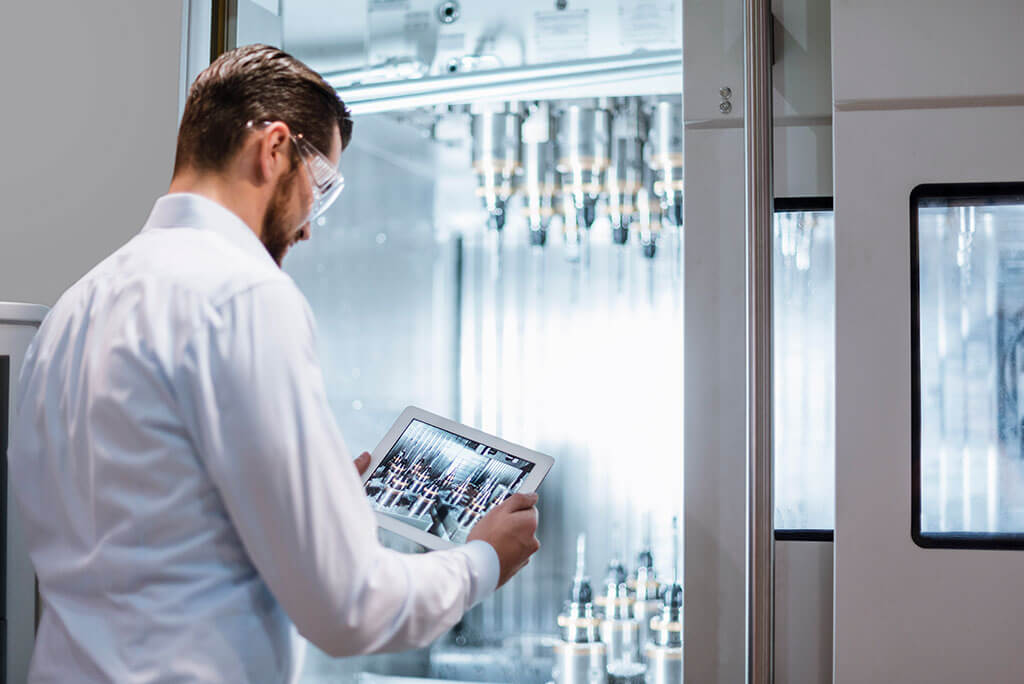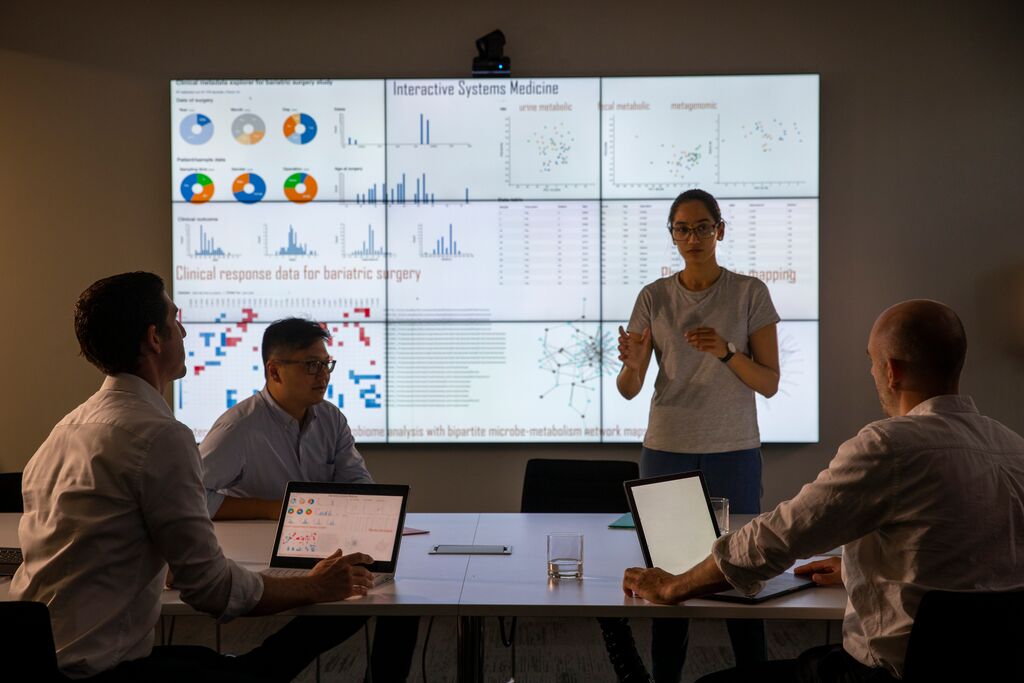





























- Locations
- Asia Pacific
- Navigating Funding Challenges in Cell and Gene Therapy Development
Introduction
In the rapidly evolving sector of cell and gene therapies, securing adequate funding is crucial as the asset is moved through the development continuum, to bring these life changing treatments to patients. The development of these advanced therapies requires significant financial investment due to the complexity of research, the clinical trials, manufacturing processes and the overheads associated with the therapies as they become commercially available (Exhibit 1).1 As we progress along 2025, the landscape of funding for cell and gene therapies continues to evolve, presenting both opportunities and challenges.
Exhibit 1: Cell and gene therapy pathway from discovery to treatment

Challenges
Despite several success stories in the cell and gene therapy sector, numerous challenges persist that can potentially impede the growth and innovation within the field.
Opportunities:
There are initiatives frequently established through government investment but can also be developed or evolved into public-private partnerships between government, academic institutions, and industry.
Initiatives provide funding for research projects to de-risk early research into new technologies, create a knowledge network of researchers, and provide other resources and support to academics and start-up companies engaged in early-stage research with emerging technologies (Exhibit 2).1
Exhibit 2: Selected cell and gene therapy research centers and initiatives

Exhibit 3: Strategic initiatives for cell and gene therapy trials

Conclusion
The road to secure funding is not without hurdles. Navigating the funding challenges in cell and gene therapy requires a multifaceted approach that includes strategic planning, collaborations, and exploring alternative funding strategies.
IQVIA's Cell and Gene Therapy Center of Excellence brings complementary strategic guidance plus delivery excellence to help sponsors navigate operational challenges including site selection and start-up, regulatory requirements, and intense logistical demands of product distribution and biospecimen collection. With the right data and insights, sponsors can enhance their operational capabilities and may increase their chances of securing the necessary funding opportunities to advance their projects, bring value and enhance patient outcomes.
References
- IQVIA Institute for Human Data Science. Strengthening Pathways for Cell and Gene Therapies. Available at: https://www.iqvia.com/insights/the-iqvia-institute/reports-and-publications/reports/strengthening-pathways-for-cell-and-gene-therapies.
- Alliance for Regenerative Medicine – State of the Industry Briefing 2025 – 2025 Cell & Gene State of the Industry Briefing. Available at: https://alliancerm.org/arm-event/sotibriefing/.
- AusBiotech Ltd. Government Assistance. Available at: https://www.ausbiotech.org/policy-advocacy/government-assistance.
- AusBiotech Ltd. Australia's Cell and Gene Catalyst. Available at: https://www.ausbiotech.org/programs/australias-cell-and-gene-catalyst.
- Singapore Economic Development Board (EDB). Singapore Budget 2025: How Businesses Are Getting Help with Costs, Competition, and Transformation. Available at: https://www.edb.gov.sg/en/business-insights/insights/singapore-budget-2025-how-businesses-are-getting-help-with-costs-competition-and-transformation.html.
- Agency for Science, Technology and Research (A*STAR). Editing the Basics. Available at: https://research.a-star.edu.sg/articles/features/editing-the-basics/.
- Agency for Science, Technology and Research (A*STAR). ARP Issue 45. Available at: https://research.a-star.edu.sg/wp-content/uploads/2025/03/ARP-Issue-45-web-upload.pdf.
- Korean Drug Development Fund (KDDF). Who We Are. Available at: https://www.kddf.org/en/about/whoweare.
- Korean Biomedical Review. KDDF to Back Over 1,200 Drug Development Projects by 2030. Available at: https://www.koreabiomed.com/news/articleView.html?idxno=27315.
- Cell and Gene Therapy Catapult. How We Work. Available at: https://ct.catapult.org.uk/p/how-we-work.
- Cell and Gene Therapy Catapult. About Us. Available at: https://ct.catapult.org.uk/p/about-us.
You may also be interested in
Navigating the Diverse Cell, Tissue, and Gene Therapy Landscape in Japan and Asia Pacific (JAPAC)
Understanding the Diverse CAGT Landscape in Asia Pacific
The APAC CAGT landscape, often perceived as uncertain, is primed for clinical research and market access success


